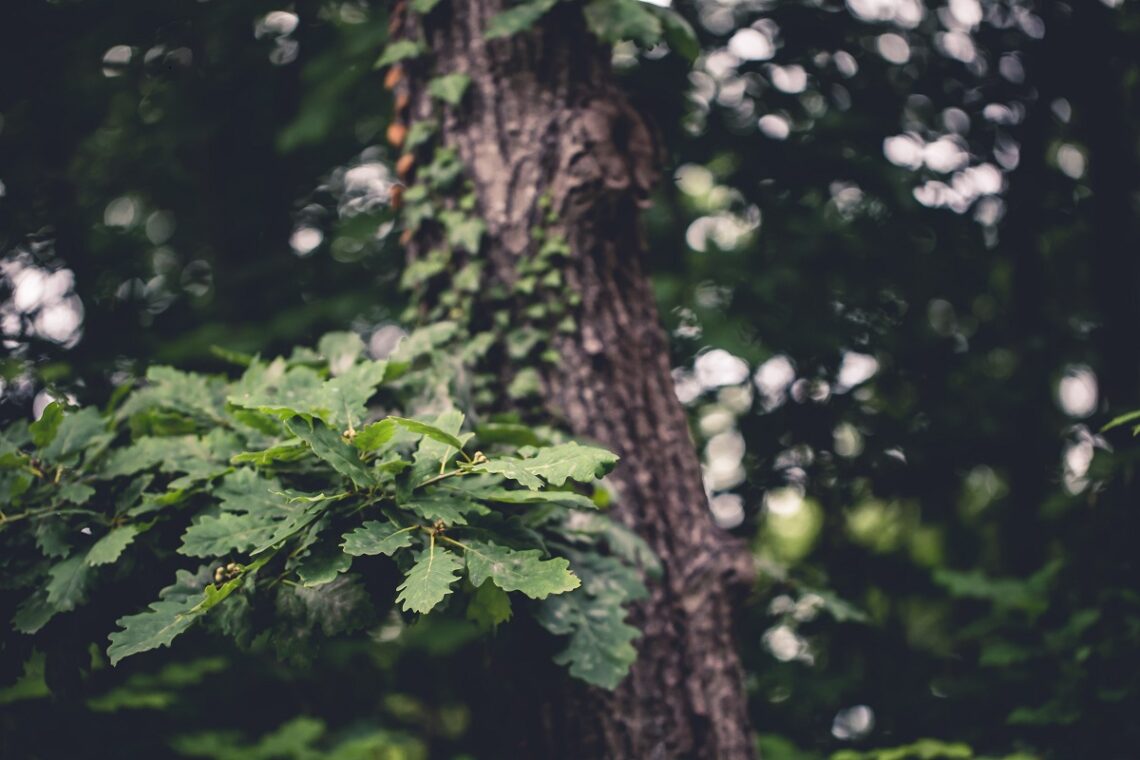The life a forest has seen is written into its wood. Rising and falling temperature, water availability, the affect of people living at its edge; tales of bark chewing deer and clouds of insects too. All leave their mark in tree rings. The signature of wildwood, climate change, insects and people; of oakwood and birchwood. What story can we read in the smouldering remains of a Bronze Age funeral pyre?
Spring is here and the oak is pushing out new growth from just underneath its rough, dark bark. Cells are dividing fast along the length of the trunk and the branches: tubular vessels and other cells suck up water and minerals from damp soils beneath, and out through the newly emerging leaves. Vessels (the transport system) at this time of year are large, making the most of the available water and nutrients. A necessity; if it weren’t for decaying leaves and small animals over many years, the sandy soils here would be very poor indeed.
Written for Festival of Archaeology 2020 – the theme for the year, ‘Climate and Environment’. Read more of The Thinning of the Wildwood? on Explore the Past blog.
Read more also about the cremated remains of a teenage boy and the bones of animals, found amongst the remains of the smouldering pyre. Could a life lived with animals be in our DNA? We have many questions about our relationship with animals today. What do these remains of a prehistoric cremation tell us? Read Animals and Ancestors: A Life Lived With Animals.
Featured Image by Tim Stagge on Unsplash

